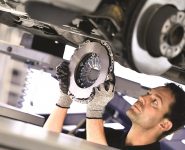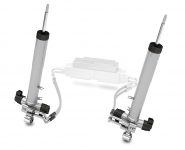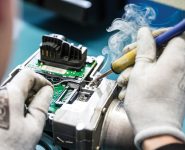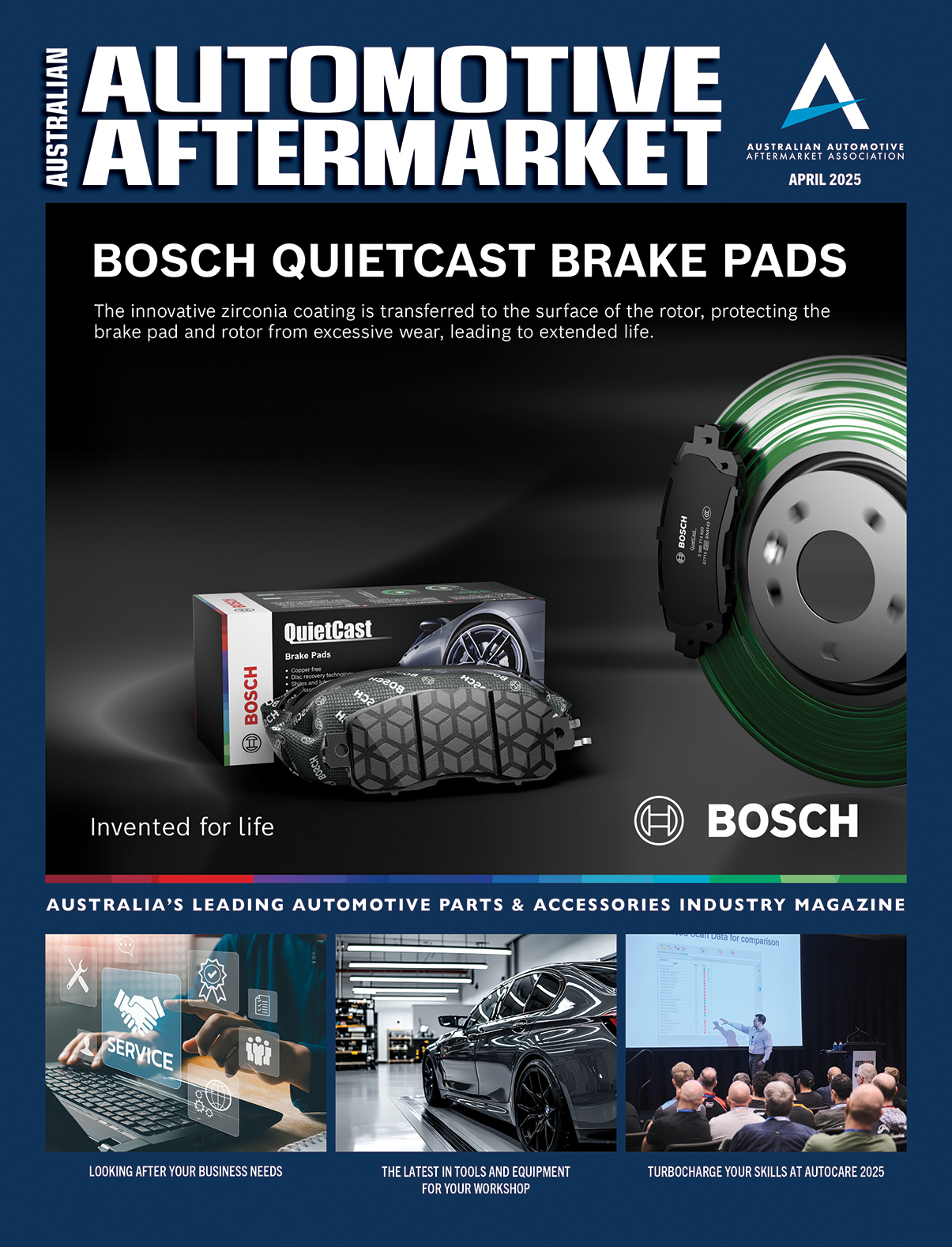NEW SACHS AIR SPRINGS
Simplifying installation for workshops
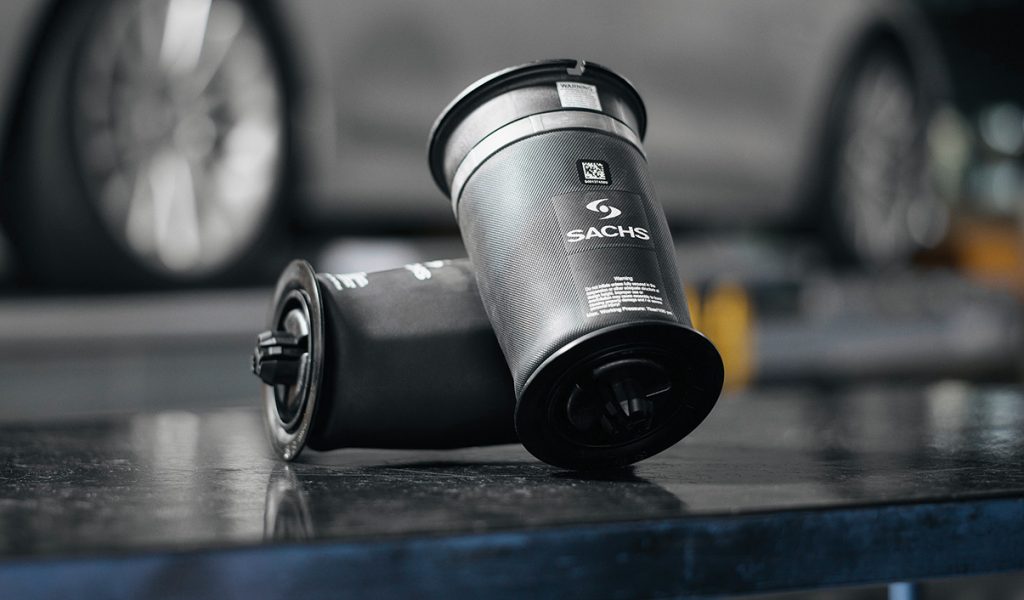
ZF Aftermarket says that for the first time, it has introduced its own range of air springs in renowned SACHS quality.
Repairs to air suspensions pose new challenges for automotive workshops, and with this new range the ZF product experts say they have made air spring replacement as easy as possible.
In the past, air suspension was an exclusive feature for the luxury vehicle class. Today, however, it can be found in more and more mid-range vehicles and SUVs. For example, in Europe there are around six million cars on the road that have air springs at least on the rear axle, but in many cases, on both axles.
An important advantage of this type of construction is that level control is always available, which is why it is often used on the rear axle of station wagons, SUVs or vans with high payloads. In addition, this design ensures greater driving comfort and is lighter than a conventional steel spring.
To ensure that automotive workshops can rely on high-quality ZF products in this growing market segment, ZF Aftermarket has introduced its own range of air springs under the SACHS brand.
ZF says SACHS air springs are made of high-quality, corrosion-resistant material, have a long service life and high resistance to external influences. In addition, they are easy to remove and install thanks to their customised and precise geometry and the special air connection.
“We are supplementing our unrivalled range of high-quality parts and leading services with an innovation from the chassis sector, which is strategically important for us,” ZF Head of the Business Line Passenger Car Aftermarket, Markus Wittig, said.
“With SACHS air springs, we not only supply our workshop customers with a product of exceptional quality, but also offer optimum support during replacement on the vehicle: on the one hand through the particularly good installation properties of the product, but also through model-specific service information that can be easily accessed via smartphone.”
The new product from SACHS will initially be available for vehicles with separately arranged springs and dampers, including many models from Audi, BMW, Mercedes-Benz and Citroën, with the portfolio to grow steadily.
Step by step: replacing an air spring
The most common reason for needing to change the spring is air loss, which can be recognised when the vehicle drops significantly during longer standing times or does not reach its driving level at all.
If the driver ignores this damage or does not even notice it, the compressor goes into continuous operation because it has to compensate for the pressure loss. This leads to increased wear on the compressor and possible premature failure.
The use of a diagnostic device is indispensable when working on the air suspension. This applies not only to troubleshooting, but also because some vehicles require it to be put into a service or lift mode, while other manufacturers prescribe removing the compressor fuse when working on the air suspension. Therefore, it is essential that workshops consult such model-specific manufacturer instructions before starting work.
This is where ZF says its customers have an advantage, as it provides all the necessary technical information for air spring replacement. Service information can be quickly accessed via smartphone with a QR code in the product packaging leading to a ZF website with the appropriate repair information for the respective model.
Before removal, the mechatronics technician must drain the air spring, which in most cases, can be done by issuing a command via the diagnostic device. This process can take several minutes and its completion is indicated by the diagnostic device. When the spring is empty, the mechatronics technician can remove it. Since stand-alone air springs are usually only clipped in, this is very quick and easy, says ZF – unlike steel springs, which require a spring compressor.
ZF says fitting the new part is just as easy. When fitting the air hose, an innovative product feature of the new ZF air springs makes installation easier as the spare parts are already equipped with a pre-assembled air connection into which the hose only has to be inserted. With products from other suppliers, on the other hand, the air connection must first be pre-assembled during assembly, states ZF.
At the end of the repair process, the mechatronics technician initiates the refilling of the air spring using a diagnostic device. Of course, for a balanced repair, air springs should always be replaced in pairs, just like steel springs or dampers.
For further information, visit www.zf.com/au



